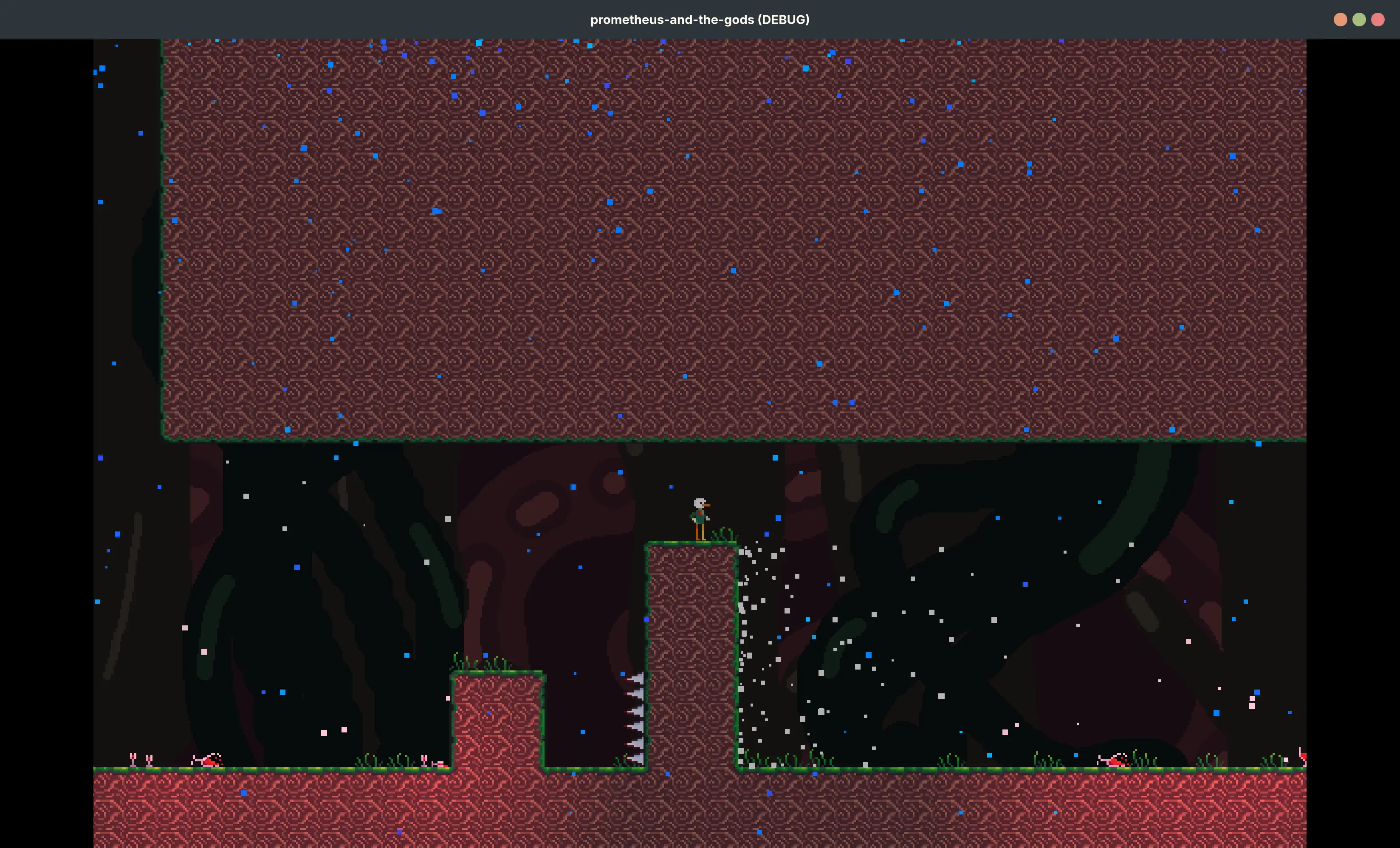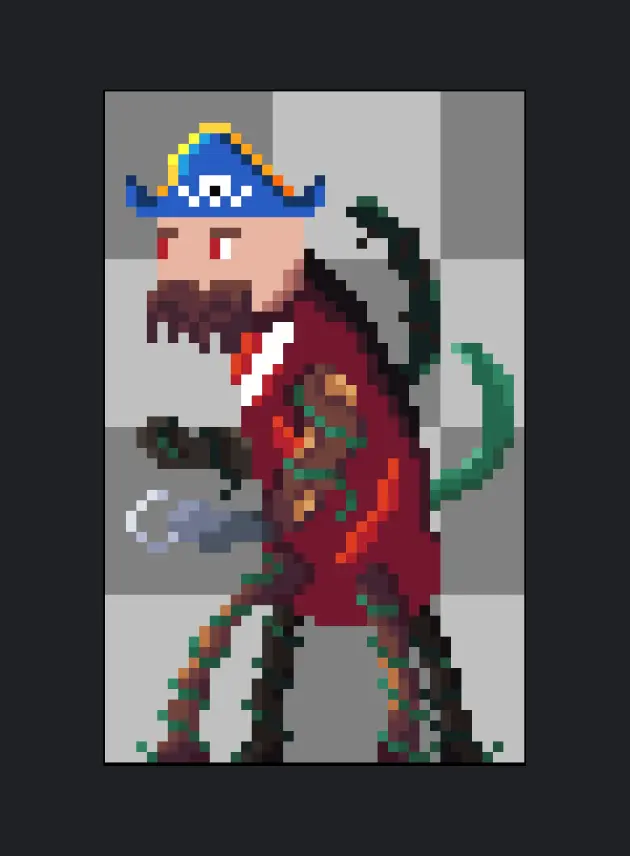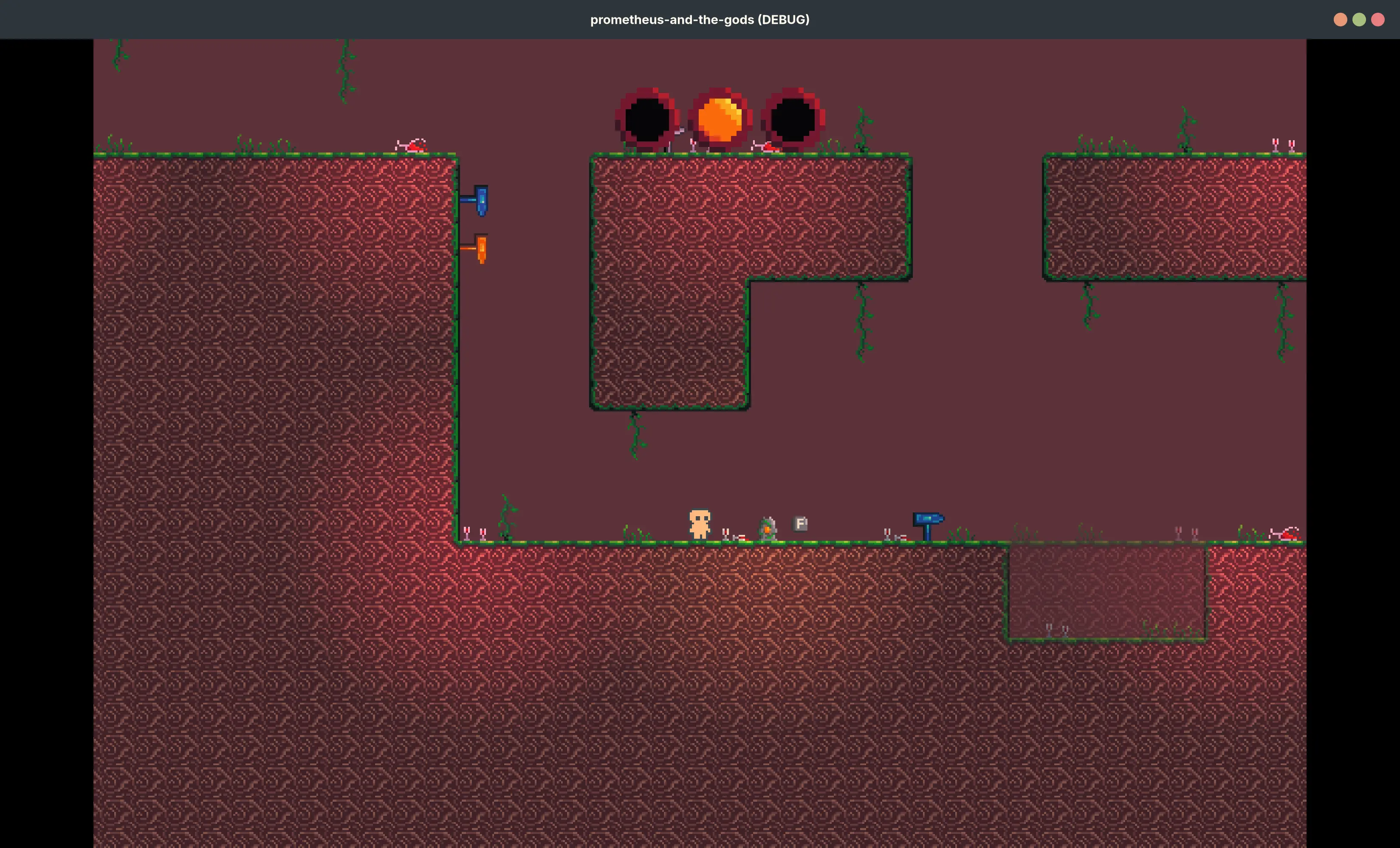
I bought my first camera a few years ago, so I can give you the advice others have told me. The lens is more important than the camera, and it’s good to get into a decent lens ecosystem. I personally use a ZVE-10 (even though I mainly do photo, as it was significantly cheaper than the A6400 in my region. Lack of EVF sucks though, so I wouldn’t recommend it to anyone that only wants to do photo)
If you want to go for the Sony ecosystem, the a6400 is a good pick. Lots of people also like the a6300 (older version of a6400), a6100 (older entry-level camera), and the a6000 (another older camera).
For E-mount lenses, good general-pirpose zooms would be the Sigma 18-50mm f2.8 and the Tamron 17-70mm f2.8. The Sigma primes are very sharp, but lots of people also like the more affordable TTArtisans and Viltrox lenses that are almost, if not equally, as sharp.
If you prefer the Canon ecosystem, you could either go with a DLSR (bigger and heavier, but usually cheaper) or mirrorless (lighter, but a bit more expensive). I don’t know much about it though, so I can’t tell you anything more than that.
There’s also Nikon, Fujifilm, and the L-mount alliance, but I don’t know much about any of them all too much.
I remember someone told me that Sony has great AF, Canon and Nikon both have good colours, Fujifilm has film simulations + more retro control dials/design, and L-mount is a shared mount between Panasonic, Olympus/OM System, and Leica (so you can mix and match lenses and cameras between those three) and also give you M43 (sensor is smaller than APS-C, but more compact lenses). If you go with any of those ecosystems you’ll be fine, they all make good cameras.



Godot is better than roblox for making games because:
If you do go for Godot (and you should), I would check out channels like GDQuest and HeartBeast as well as the Godot documentation for tutorials and help, as well as browsing the forums for advice.